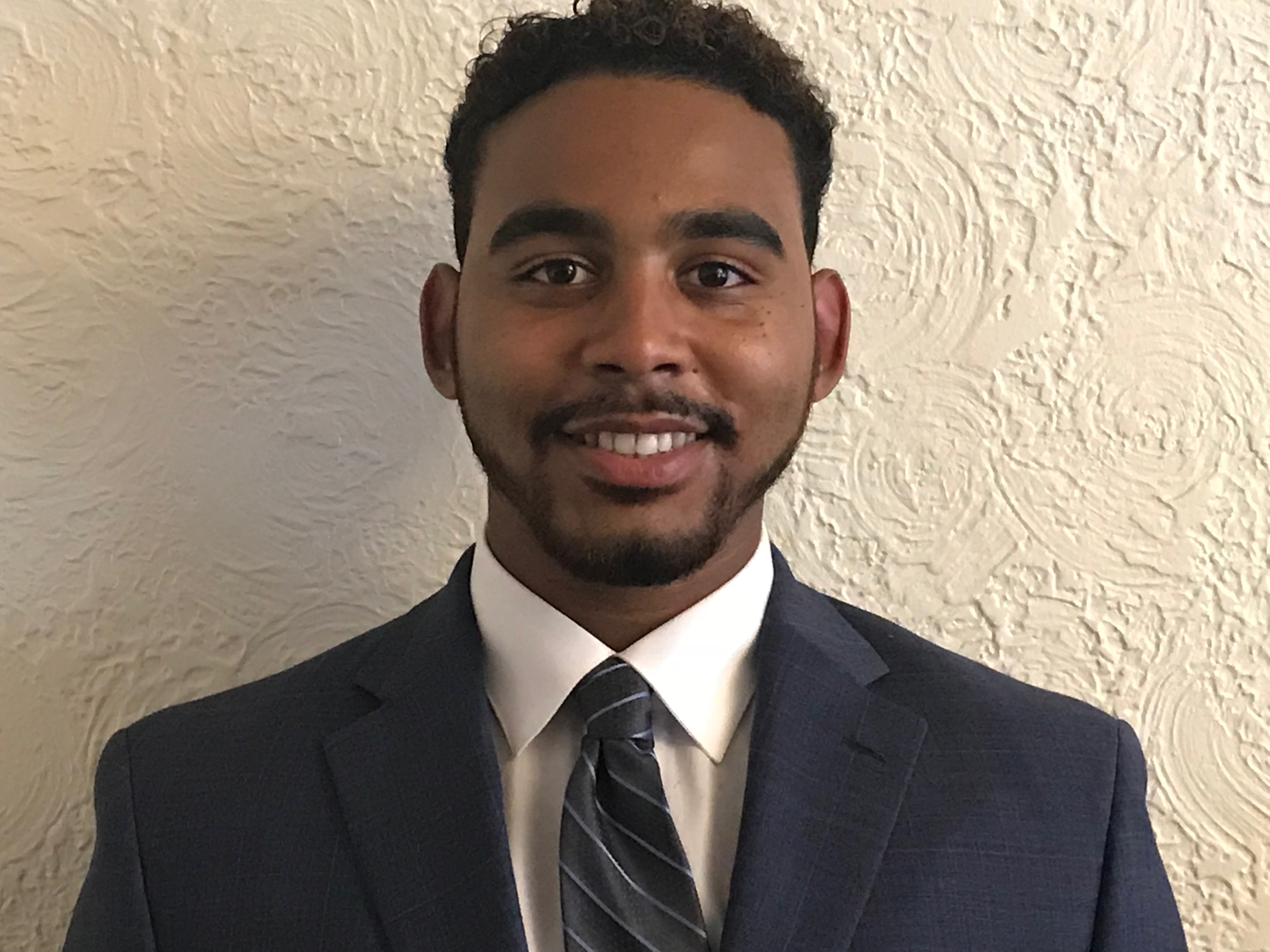
Jordan Anderson, writer.
Somewhere around Feburary 2007, I was in middle school with my navy blue collared shirt and khaki pants, sitting at my desk and pulling out my pencil case for 7th period English, when the principal entered our classroom and said, “I’m sorry to tell you guys, but your beloved English teacher Ms. Allen has passed of breast cancer.” My classmates and I looked around at each other, wide-eyed and a bit shaken up. The news was completely unexpected. We had just seen Ms. Allen less than a month ago with her bright, red lipped smile and librarian-like glasses. I did not know it at the time, but Ms. Allen would become one of many other teachers and adults in my life diagnosed with the life-threatening disease.
Here’s how breast cancer forms and how it has been treated thus far. Victims develop cancerous tumors that rely on the hormone, estrogen, which is found in both sexes but is much more plentiful in women. Scientists and doctors use what is called an antagonist to block the estrogen receptor. An estrogen antagonist is something other than estrogen that binds to the estrogen receptors in the body. Eventually this would cause the tumor to shrink and possibly even disappear altogether. Unfortunately, in some cases after a period of living cancer free, the tumors come back. This is one of the greatest issues regarding breast cancer because when they do return, there is often much less in treatment that can be done.
I recently proposed the question “what can be done about the numerous disparities caused by breast cancer and its recurring symptoms?” A branch of the New Orleans Bioinnovation Center called Zenopharm gave me an answer.
Located at 1441 Canal Street, Zenopharm was established in 2012 by Xavier University Alumni with the goal of “commercializing improved endocrine therapeutics for breast cancer.”
President and CEO of Zenopharm, Guangdi Wang and a team of researchers are currently in the development of ZB716, a drug inspired by AstraZeneca’s Faslodex (also known as Fulvestrant), which is the only FDA approved Selective Estrogen Receptor Degrader (SERD). Although both ZB716 and Faslodex are said to be more effective at treating recurring tumors than others, Faslodex is only available through injection. ZB716 provides an orally available option.
“My work mostly focuses on prostate and breast cancer, but breast cancer receives more attention,” Dr. Wang exclaimed as he mentioned that he was further inspired in his breast cancer studies from his experience as a professor at Xavier University of Louisiana.
Xavier is a historically black Catholic university that emphasizes diversity in learning. As an Xavier professor, Dr. Wang had in mind that although breast cancer has the highest incidence rate in Caucasians, African Americans tend to acquire more aggressive tumors and as a result have the highest mortality rate. As an Xavier University alumni myself, I found this very intriguing, but I still wondered why an Xavier professor would turn to the Bioinnovation Center to develop Zenopharm since Xavier already has its fair share of research labs.
“The Bioinnovation Center plays a crucial role in the commercialization of Faslodex,” Dr. Wang says. The Bioinnovation Center functions to support and guide entrepreneurs and businesses from start-up to growth in order to strengthen the economy and improve the health and environment of greater Louisiana and Gulf South regions. It does this through a commercialization team which creates business plans, provides grant application support, and hosts networking events. Dr. Wang concluded by saying “Hopefully by 2019, we’ll be able to put together an Investigational New Drug (IND) package, which generally takes 30 days to approve.”
As we enter the month of October, it is important to keep in mind all of the victims of breast cancer. By 2017, statistics showed roughly 250,000 new cases of breast cancer in the United States alone and over 1.6 million cases worldwide. The Bioinnovation Center has taken great strides through business and science in helping those like Dr. Wang in startup companies such as Zenopharm to aid the improvement of health amongst the population.
When establishing a goal, such as the development of a new drug, it is important to have a plan of action and a goal in mind. The Bioinnovation Center is a means for reaching that goal through teamwork. In due time Dr. Wang plans on establishing other drugs like ZB716 in Zenopharm, some of which have already been formulated, with the hope to reduce health disparity across the nation. I long for a world in which the next time another Ms. Allen has to call in a substitute while undergoing chemotherapy, three weeks later she is walking back into her class, confident that she will still be teaching for a long time.
 NOLAbeings Multimedia artist Claire Bangser created NOLAbeings as a portrait-based story project that marries...
NOLAbeings Multimedia artist Claire Bangser created NOLAbeings as a portrait-based story project that marries...  Voodoo in New Orleans: Reviving history: New Orleans fortune telling This article takes a deep dive into the history of Voodoo in New Orleans, its hybridization with Catholicism, and its present-day place in the city's culture. The author visits fortune-tellers in the French Quarter, using their guidance as a tool for introspection rather than a deterministic predictor of the future. Through her experiences in New Orleans, the author feels a mystical connection to both the past and the future.
Voodoo in New Orleans: Reviving history: New Orleans fortune telling This article takes a deep dive into the history of Voodoo in New Orleans, its hybridization with Catholicism, and its present-day place in the city's culture. The author visits fortune-tellers in the French Quarter, using their guidance as a tool for introspection rather than a deterministic predictor of the future. Through her experiences in New Orleans, the author feels a mystical connection to both the past and the future. 